The Best Tools for Plant Propagation
My absolute favorite thing in the world is making more plants from cuttings – so I spare no expense in buying quality tools for my stock in trade.

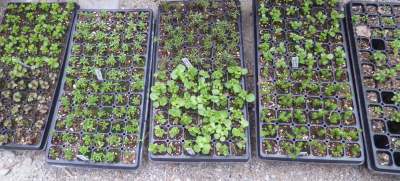
The success of my succulent nursery depends on the success of the propagation I do.
One of my favorite tools for vegetative propagation is my grafting knife, folding into a teak handle.
The company that makes them, Tina, is in Switzerland; buy them from mail order companies that specialize in gardening and nursery tools.
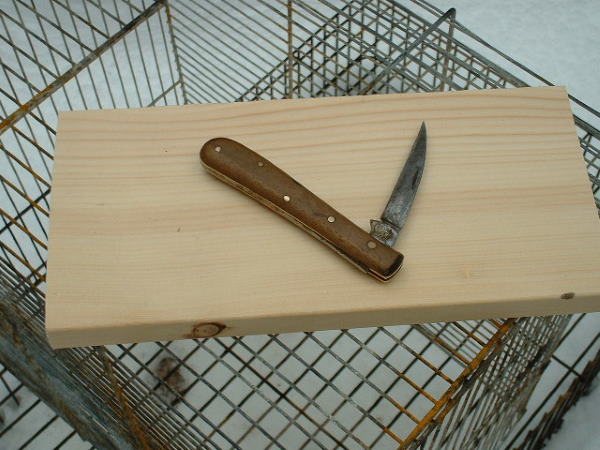
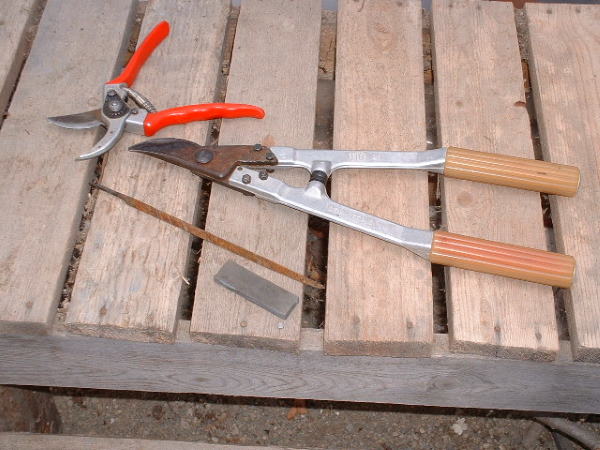
Grafting knives and cutting knives are only sharpened on one side.
Grafting knives are pointed to enable you to pry open the tissues and line up the cambium layers when grafting.
I use mine primarily for preparing cuttings, but either way it has to be sharp.
I use a sharpening stone to put a keen edge on my knives.
Cutting knives generally don’t have a sharp point, but are otherwise similar in construction. Once you have a favorite knife, it becomes part of your hands and you’ll have a hard time adapting to any other.
I also have at least two pairs of Felco number 2 pruners for taking heavier cuttings or pruning plants in the landscape, and a pair of Felco loppers, 17 inch size for making twiggy rustic crafts.
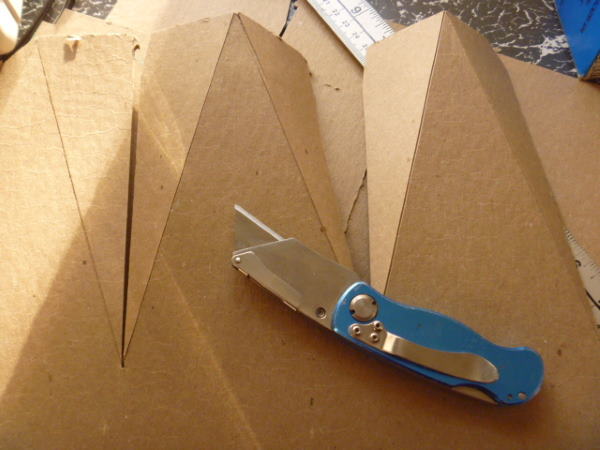
I like this knife that folds into itself, and locks closed. The blades are disposable, and there are several different configurations available, such as a hooked carpet knife, or a single blade.
For taking cuttings of succulent plants I sometimes use a razor blade, the kind with a one sharp edge and one protected edge.
I also use this for packaging, to cut boxes down and cut rolls of cardboard to length.
My other favorite tool for taking cuttings are a pair of Japanese bonsai scissors.
They are sharp and have a point, and are comfortable to use for long propagation sessions.They can reach deep into the center of a plant, right where the good cuttings are, and where it can be quite crowded with growth.
I have never sharpened these, but occasionally wipe them with oil to prevent rust.
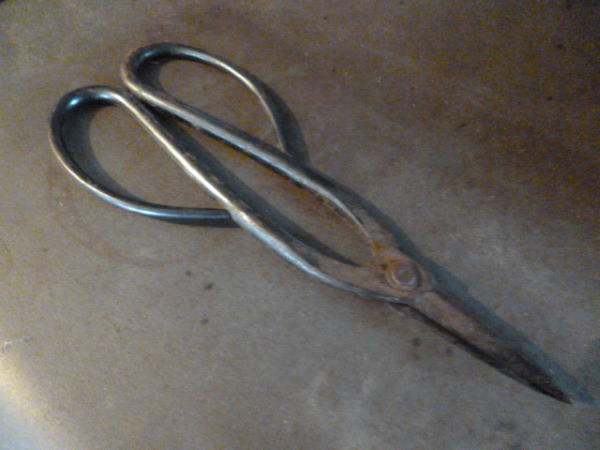
Other tools in my arsenal are a few nails of different sizes. I use these for pushing ends of thyme cuttings into the soil mix; sometimes I’ll use a wooden skewer for this too.
I also keep old vintage woodworking tools handy; a saw will cut plugs or larger rootballs down to size, and a screwdriver has many uses, such as prying roots apart on overgrown plants.
If you have a serrated knife, such as those sold on late night television, these work great for the same kind of task. Root pruning can be hard on tools, if there are stones or debris in the soil, so a tool that is not precious to you works the best. This is my only exception to having good quality tools.
It pays in the end to purchase good quality tools as they last longer and are a pleasure to use. Take good care of them, and they’ll last you a lifetime.
You might like these
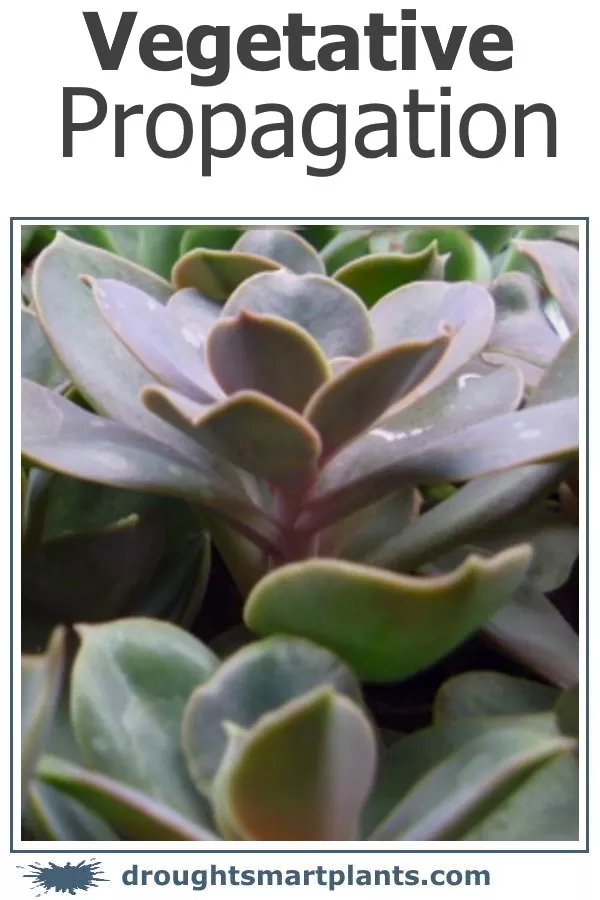
Vegetative Propagation – make more plants with cuttings
Make more plants with Vegetative Propagation; the magic of rooting plants from cuttings; succulent plants can be propagated with a single leaf, or a stem cutting…
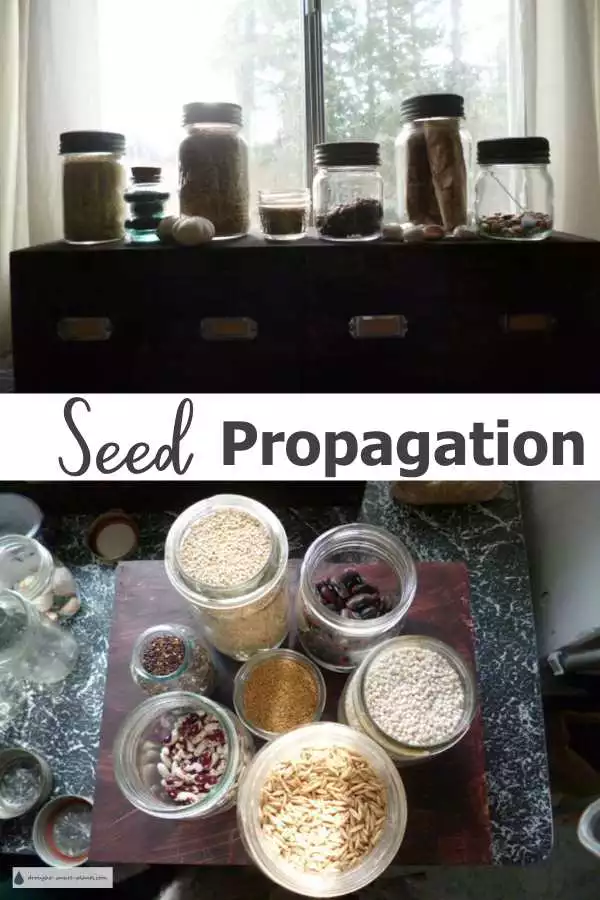
Seed Propagation – a seed is a tiny plant, in a box with its lunch
Learning Seed Propagation opens a whole new world for making more plants; unlike taking cuttings, growing succulents from seed is a challenge, and so much fun…
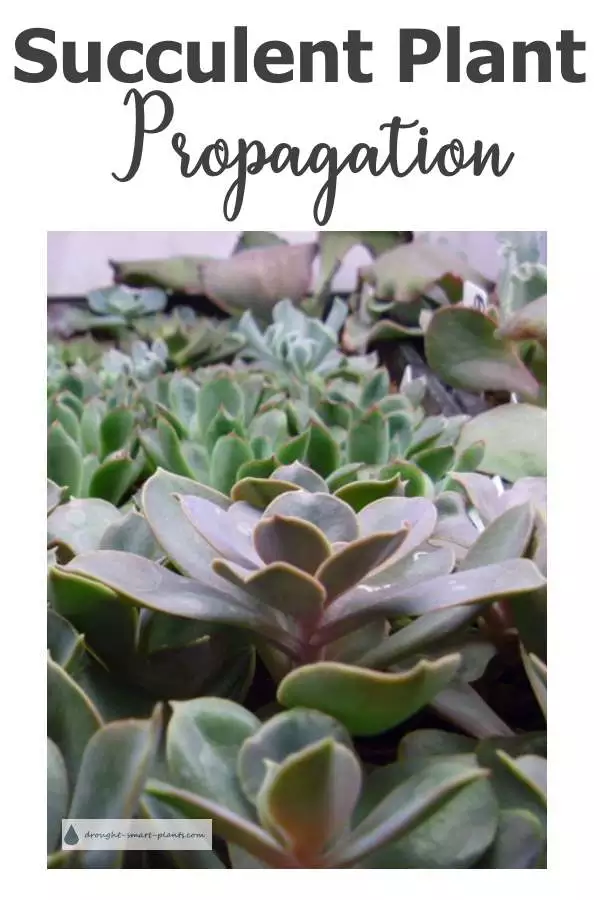
Succulent Plant Propagation – making more plants
Find out all about Succulent Plant Propagation and how to make more of our favorite plants by cuttings, pups and seeds…

